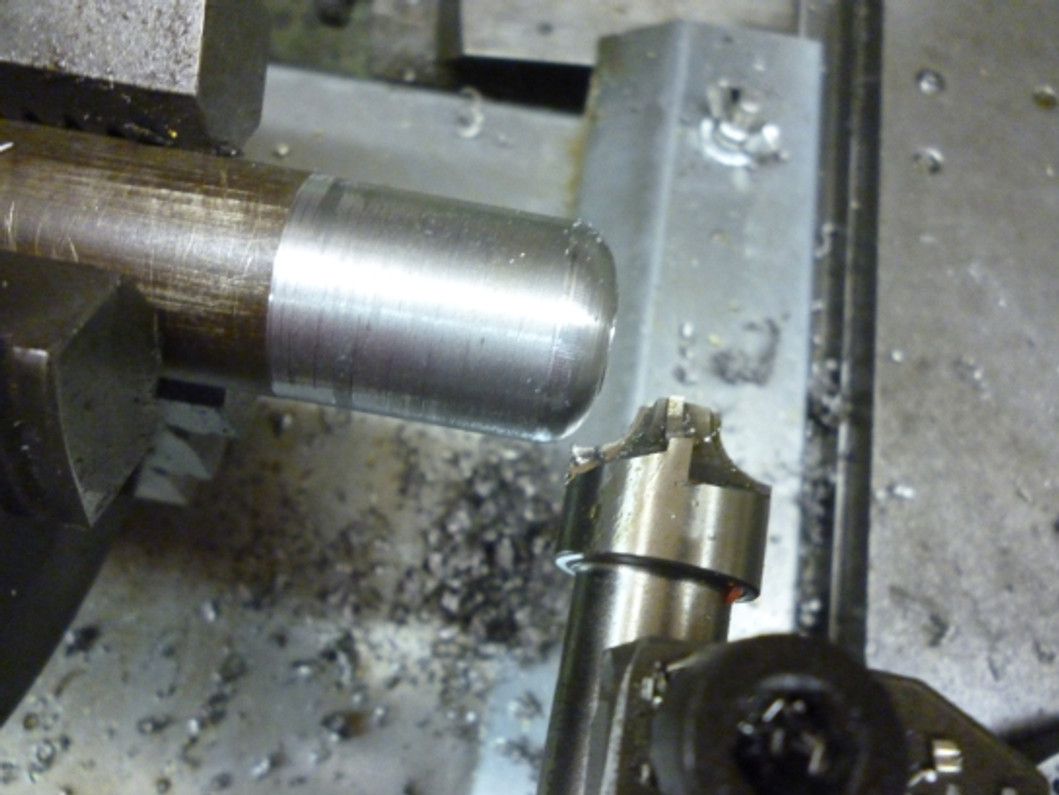Ball turning in the lathe - Spherical, concave and convex surfaces
A common problem on the lathe is turning convex and concave surfaces. A particular case of this is turning a ball. But, usually, it is not a complete ball that is required but a ball on the end of a shaft. Among the possible methods are:
- using one or more form tools
- making a round surfaces by a series of straight cuts
- using a ball turning attachment
using linkages to control position of the cross slide.
Using a one or more form tools
Where a part of a cutting edge makes a cut on the work piece then, where this cut occurs, the shape of the surface of the work piece at t will be a copy of the edge of the cutter at this point. A round, convex cutting edge will cut a concave surface. A round concave cutting edge will cut a convex surface. On a small lathe, the power and rigidity of the lathe will limit the length of the cut even if the depth of cut is relatively short.
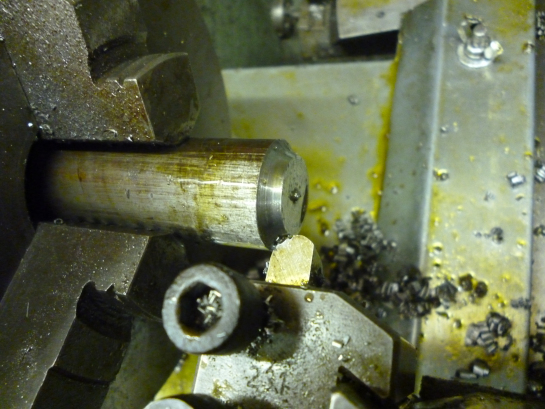
Very often the shape required may be part of a circle. In these cases it is possible to use existing cutters that are of the right shape. Examples of this are milling cutters. You can buy milling cutters from us, our cutters are high quality and precision cut. Alternatively, radius cutters can cut 90º arcs.
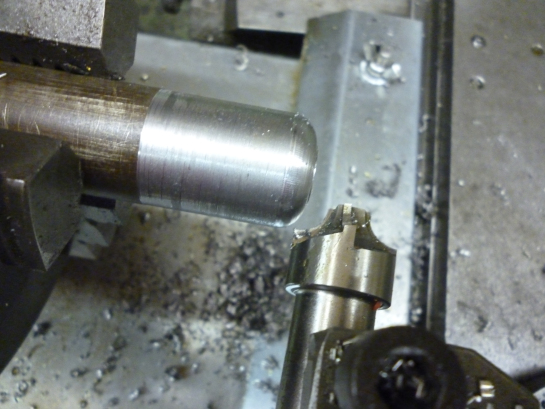
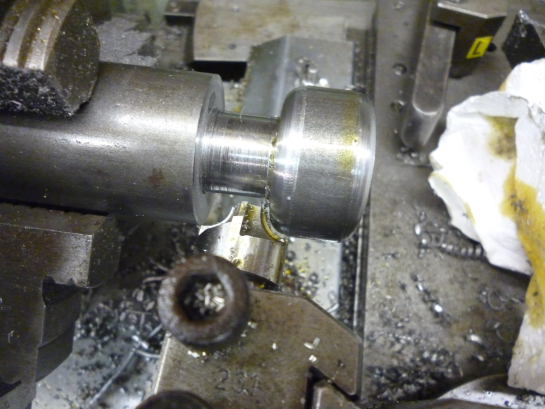
In this case it is not possible to see the actual point where cutting is occurring not only because the cutting is up side down but because of the clearance angle on the cutting edge.
With radius cutters the cutter does not have any rake so does not cut as well as one might hope.
Ball ended cutters will make a cut of 90º. This is because only one side of the cutter cuts the right way. If the other side is needed then this can be done if the lathe runs in reverse. The problem here is that the height of the cutting edge vasries over the length of the arc being cut.
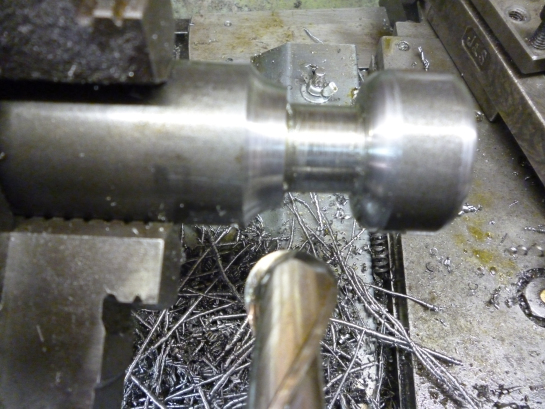
In all of these cases it is only possible to cut with an edge of a few millimeters. If the arc is longer than this then the cutting edge has to be moved to and fro till the whole edge is cut. This means that the final curve will be slightly smaller than the cutting tool.
This is a case where cutting fluid greatly improves the cutting. We stock a range of cutting fluid including some Australian made brands which you can buy from here: Tap Magic
Making a round surfaces by a series of straight cuts
Any curved surface can always be interpreted as consisting of a series of short, straight edges. In practice when turning a curved surface the lengths might be quite long, say, a few millimeters. This will leave a surface that is not round enough but it can be sanded down to produce an acceptable surface.
One advantage of this method is that the diameter of the work piece can be the maximum working diameter of the lathe..
Suppose we need to make a hemisphere D mm in diameter. The circumference of this will be 2* pi * D. But we are only making half of this which means we will only need to turn one quarter of it. At the same time the top slid is being rotated. If for each cut the top slide is rotated by 5º then the length of each cut will be:
The path of the cuts form a polygon. A circle can be made to fit on the inside or the outside of the polygon. We want it to fit on the outside so there is always metal to spare. This means the first cut is made parallel to the bed of the lathe.
It might seem that the lengths of the cuts is important but it isn’t.
This method can make round shapes only limited by the swing of the lathe It is possible to make a surface that is part of a sphere of any diameter.
One common example would be a smokebox door.
Part 2: Ball Turning In The Lathe - Operating Attachments
Recent Posts
-
Introducing Paypal = Pay in 4 !
We are now offering the option of selecting PayPal Pay in 4 at checkout to pay for your purchase.&nb …1st Jun 2023 -
Unimills = Why they are the best of both worlds
When it comes to machining, choosing the right tool can make all the difference in achieving the per …7th Mar 2023 -
Reaming Tie Rods & Ball Joint Reamers
Here's a guide on determining which ball joint reamer you need for tie rods: Understand the purpose …7th Mar 2023
